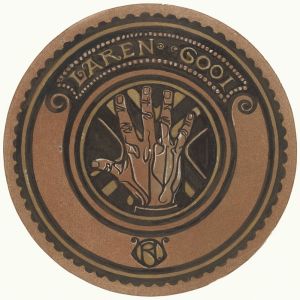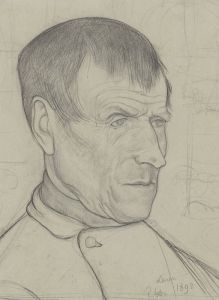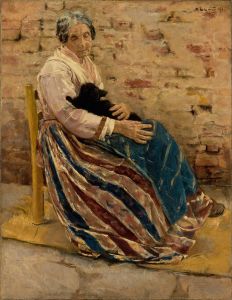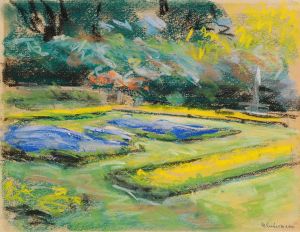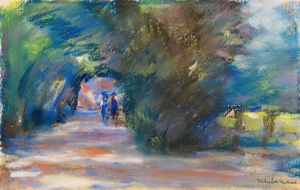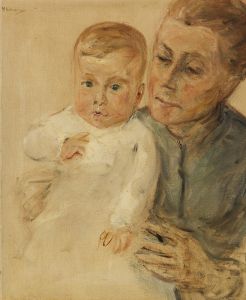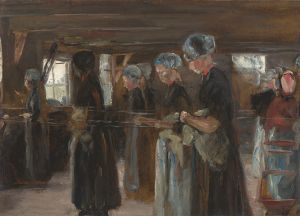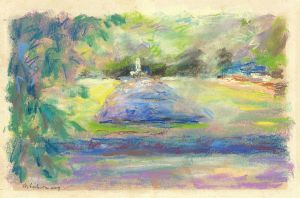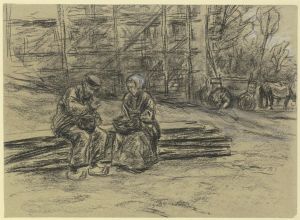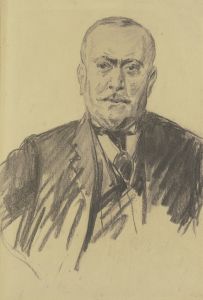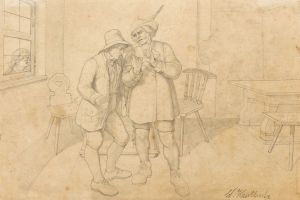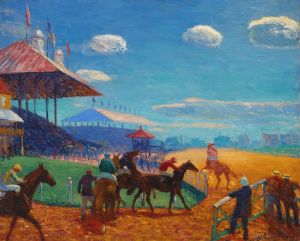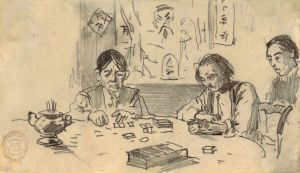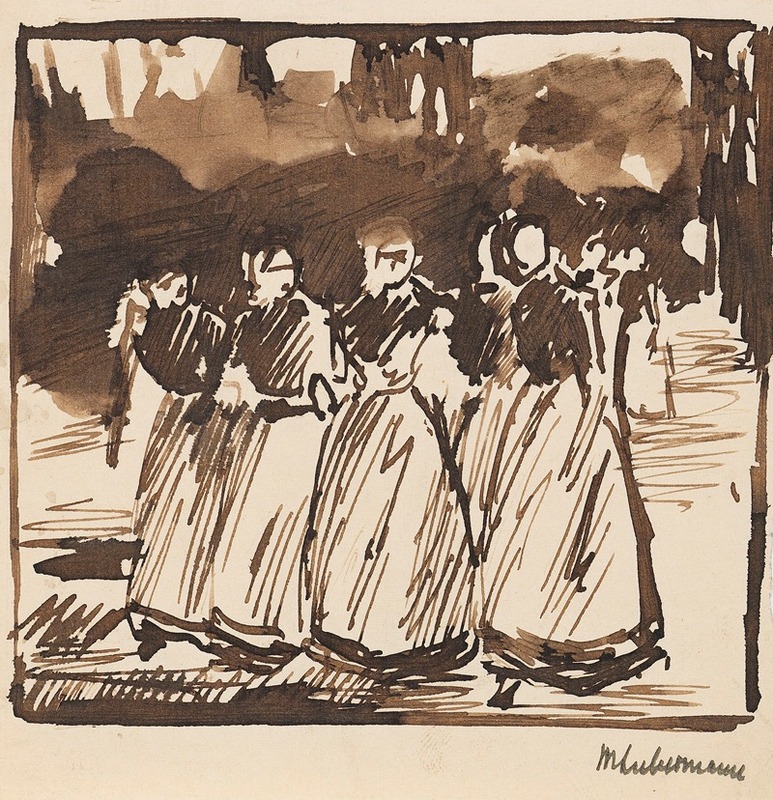
Studie zu Sonntagnachmittag in Laren
A hand-painted replica of Max Liebermann’s masterpiece Studie zu Sonntagnachmittag in Laren, meticulously crafted by professional artists to capture the true essence of the original. Each piece is created with museum-quality canvas and rare mineral pigments, carefully painted by experienced artists with delicate brushstrokes and rich, layered colors to perfectly recreate the texture of the original artwork. Unlike machine-printed reproductions, this hand-painted version brings the painting to life, infused with the artist’s emotions and skill in every stroke. Whether for personal collection or home decoration, it instantly elevates the artistic atmosphere of any space.
Max Liebermann was a prominent German painter and printmaker, associated with the Impressionist movement. He was one of the leading figures in the Berlin Secession, an art movement that sought to break away from the conservative art establishment in Germany. Liebermann's work is characterized by its loose brushwork, vibrant use of color, and focus on everyday scenes and landscapes.
"Studie zu Sonntagnachmittag in Laren" (Study for Sunday Afternoon in Laren) is a work by Max Liebermann that reflects his interest in capturing the leisurely activities of people in natural settings. Laren, a village in the Netherlands, was a popular destination for artists in the late 19th and early 20th centuries, known for its picturesque landscapes and vibrant artistic community. Liebermann often visited the Netherlands, and the influence of Dutch landscape and genre painting is evident in his work.
This particular study is a preparatory work for a larger painting, showcasing Liebermann's process of exploring composition and light before committing to a final piece. The study likely features figures engaged in leisurely activities, set against a backdrop of the serene Dutch countryside. Liebermann's studies are valued for their spontaneity and the insight they provide into his artistic process.
Liebermann's technique in this study would typically involve quick, expressive brushstrokes, capturing the essence of the scene rather than focusing on intricate details. This approach aligns with the Impressionist ethos of conveying the impression of a moment, emphasizing light and atmosphere over precise representation. The use of light in "Studie zu Sonntagnachmittag in Laren" would be a critical element, as Liebermann was known for his ability to depict the effects of sunlight and shadow, creating a sense of time and place.
Throughout his career, Liebermann was deeply influenced by the work of earlier Dutch masters, such as Frans Hals and Rembrandt, as well as by contemporary French Impressionists. His time spent in the Netherlands allowed him to immerse himself in the landscapes and culture that had inspired many artists before him. This cross-cultural influence is a hallmark of Liebermann's work, blending German and Dutch artistic traditions with the modern techniques of Impressionism.
Max Liebermann's contributions to art extend beyond his paintings. As a leader of the Berlin Secession, he played a crucial role in promoting modern art in Germany, advocating for artistic freedom and innovation. His legacy is marked by his dedication to capturing the beauty of everyday life and his influence on subsequent generations of artists.
"Studie zu Sonntagnachmittag in Laren" exemplifies Liebermann's skill in portraying the tranquility and simplicity of rural life, a theme that resonated with many of his contemporaries and continues to be appreciated by art enthusiasts today. The study serves as a testament to Liebermann's ability to convey mood and atmosphere, inviting viewers to experience a peaceful afternoon in the Dutch countryside through his eyes.





